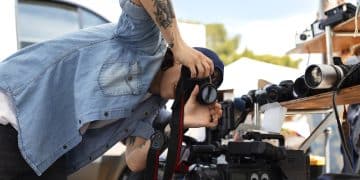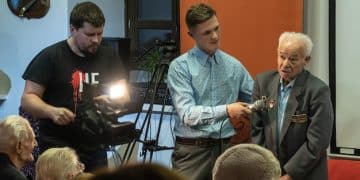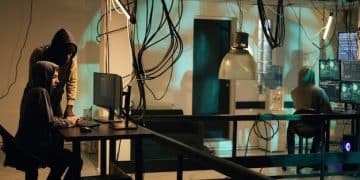Location Scouting: Find Perfect Film Backdrops for Epic Endings
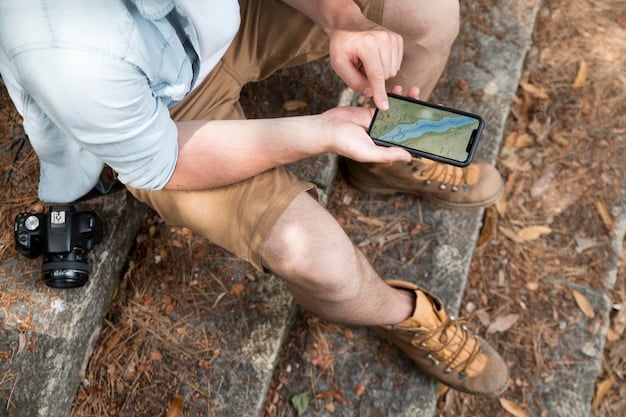
Location scouting is the crucial process of finding and securing ideal settings for film and television productions to enhance storytelling and create memorable cinematic experiences, using meticulous research and logistical planning.
The world of filmmaking is a collaborative art where every detail contributes to the final product. Among the unsung heroes are the location scouting teams, who embark on quests to discover the perfect backdrops. These settings breathe life into scripts, enhance narratives, and create unforgettable cinematic moments; this article delves into the world of location scouting.
The Art of Seeing: What is Location Scouting?
At its core, location scouting is the meticulous process of finding suitable locations for filming. It’s about more than just aesthetic appeal; it involves assessing the practicality, accessibility, and suitability of a place for a production’s needs.
Location scouts are the eyes of the production, bridging the creative vision of directors and designers with the tangible reality of available spaces. They’re detectives, artists, and logistics experts all rolled into one.
The Scout’s Toolkit
Successful location scouting relies on a diverse set of skills and tools, blending technology, intuition, and practical problem-solving.
- Research Skills: The ability to sift through countless resources, from online databases to local archives.
- Negotiation Skills: Building relationships with property owners or local authorities is crucial.
- A Keen Eye: Recognizing potential and envisioning how a space may transform on screen.
- Logistical Planning: Assessing accessibility, permits, security, and other practical details.
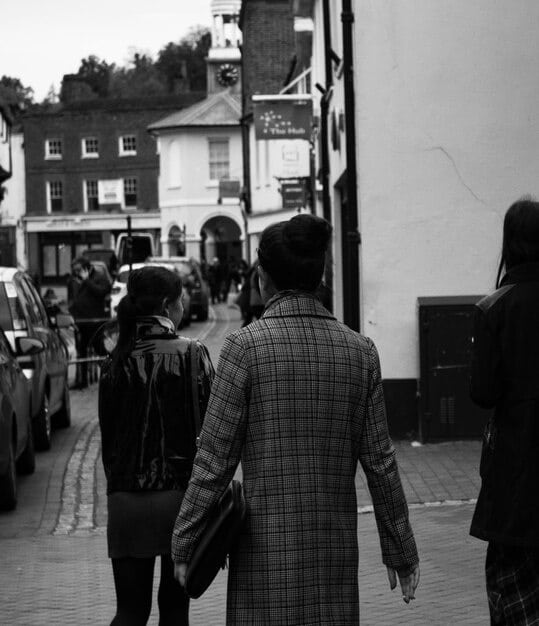
Location scouting is a blend of preparation, spontaneity, and vision. It’s about seeing the story’s potential in the world around us.
From Script to Reality: The Scouting Process
The journey from script to screen is complex, and location scouting plays a role in shaping the visual narrative. It begins with a script breakdown, where the team identifies the specific location requirements.
This careful evaluation allows the location team to develop a location strategy, setting the stage for intensive researching and fieldwork.
Initial Research and Pre-Scouting
The initial phase involves desk research using online resources, databases, and archives to identify areas that match the script’s requirements.
The Scout’s Eye View
The transition to on-the-ground scouting involves exploring potential locations, assessing their suitability, and considering the practicalities of filming. This leads to photo documentation, location reports, and preliminary discussions with stakeholders.
Location scouting is a systematic journey from script to reality, combining research, fieldwork, and critical evaluation. It’s a process of discovery that transforms abstract ideas into tangible cinematic spaces.
Navigating Challenges: Accessibility and Logistics
Beyond aesthetics, location scouts must consider challenges regarding accessibility and logistics. These factors often determine whether a location is truly viable for filming.
These considerations require a multifaceted approach, testing the scout’s ingenuity and problem-solving abilities.
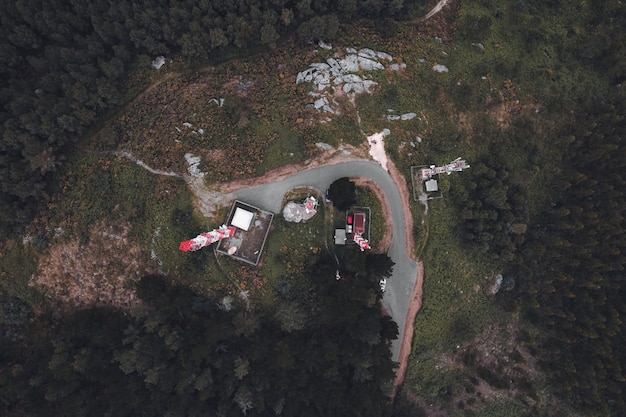
Permits and Legal Considerations
Obtaining permits can be a major roadblock, and location scouts must be fluent in local regulations and permit requirements. This involves understanding zoning laws, environmental policies, and community guidelines.
Community Relations
Building positive relationships with local communities is essential. A successful production depends on the goodwill and cooperation of residents, businesses, and local authorities.
Accessibility and logistics are as critical as aesthetics in location scouting. Overcoming these challenges requires planning, negotiation, and a collaborative mindset.
Technology and Innovation: The Future of Location Scouting
The advent of new technologies is revolutionizing the traditional role of location scouting. Modern tools and platforms enhance efficiency, collaboration, and creativity.
From virtual scouting to data-driven insights, technology is shaping the future of location work.
Virtual Reality (VR) and 360° Tours
VR technology enables location scouts to create immersive, 360° tours of potential film sites for remote stakeholders. This accelerates the decision-making process while reducing travel and coordination costs.
Database and Digital Asset Management
Location databases and digital asset management systems provide centralized storage and streamlined access to location information. Metadata tagging, geolocation, and search functionalities enhance the efficiency of location management.
Technology and innovation drive the continuing evolution of location scouting. By embracing new tools and platforms, these professionals can refine processes, inspire creativity, and bring stories to life in novel ways.
Stories from the Field: Memorable Scouting Tales
Behind every remarkable film location, there’s often an equally captivating scouting story. These anecdotes offer insights into the unpredictable nature of location work.
From serendipitous discoveries to overcome challenges, here are a few stories from the field.
Serendipitous Finds
Sometimes, the best locations are found by accident. A location scout recounted stumbling upon an abandoned farmhouse that precisely matched the director’s vision. It became an iconic element of the final film.
Hidden Gems
Discovering a hidden gem requires an eye for potential. For example, a scout found an unused factory undergoing demolition, transformed it into a post-apocalyptic film set.
Every scouting journey presents new challenges and opportunities, demonstrating resourcefulness, creativity, and an unrelenting passion for storytelling.
Beyond the Glamour: Ethical and Sustainable Practices
As awareness grows about the environmental and social impact of filmmaking, location scouts are adopting sustainable and practices. These efforts entail respecting local cultures and ecosystems.
By incorporating ethical approaches, modern location professionals can deliver both exceptional creativity and responsible stewardship.
Eco-Friendly Practices
Eco-friendly location scouting includes minimizing waste, reducing carbon footprints, and preserving natural resources. Scouts evaluate the energy efficiency of potential locations and promote the use of local vendors.
Responsible Storytelling
Promoting diversity, inclusion, and the accurate representation of communities can enhance the storytelling potential of any location while ensuring filmmakers do justice to the locations they choose.
Sustainable and ethical practices contribute to the enduring success of the film industry, delivering visually stunning stories while respecting the world we all share.
| Key Point | Brief Description |
|---|---|
| 📍 Identifying Locations | Involves detailed research and assessing practical and aesthetic suitability. |
| 🗺️ Overcoming Challenges | Includes accessibility, logistics, permits, and community relations. |
| 🌿 Sustainability | Focuses on ethical practices, environmental impact, and community respect. |
| 🚀 Tech Innovations | Adopts VR, digital asset management, and data-driven insights. |
[Frequently Asked Questions]
▼
The primary goal is to find and secure suitable filming locations that align with the director’s vision, budget, and logistical requirements, enhancing the storytelling process.
▼
Permits ensure legal compliance and safety, allowing productions to operate without legal issues. They also foster positive relationships with local communities and authorities.
▼
Technology provides tools like VR, 360° tours, and digital asset management, helping scouts streamline the review, enhance collaboration, and reduce travel expenses.
▼
Ethical concerns include respecting local cultures, minimizing environmental impacts, promoting diversity and inclusion, and ensuring accurate community representation in the film.
▼
Positive community relations facilitates smoother production, provides access to local resources, and ensures cooperation from residents and local businesses during filming activities.
Conclusion
In conclusion, location scouting is an intricate art and science that blends research, creativity, and logistical prowess to bring cinematic visions to life. By navigating challenges, embracing innovations, and upholding ethical standards, location scouts contribute significantly to creating memorable film experiences that resonate with audiences worldwide.
